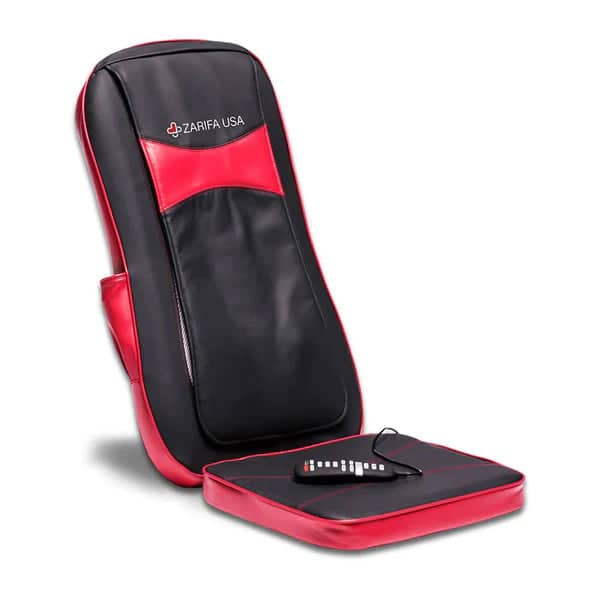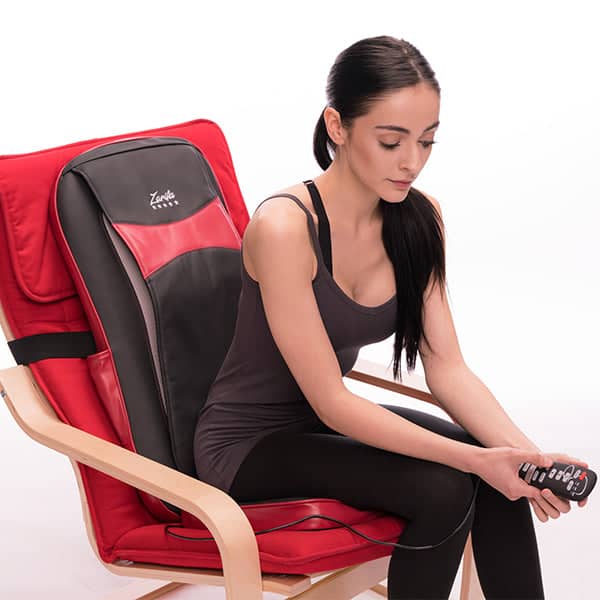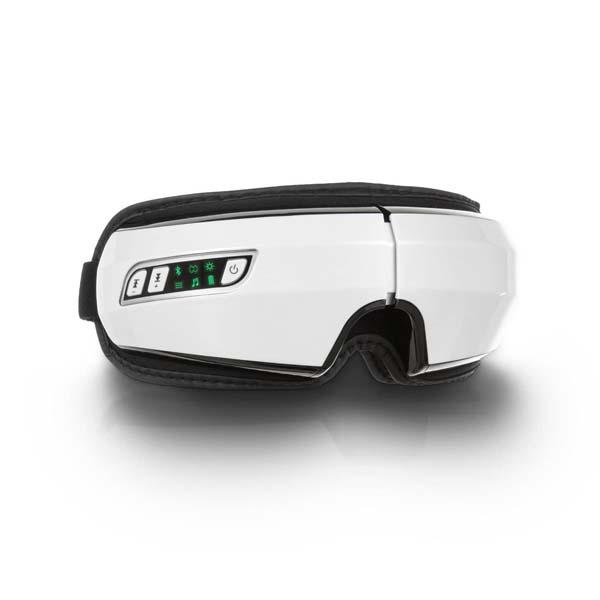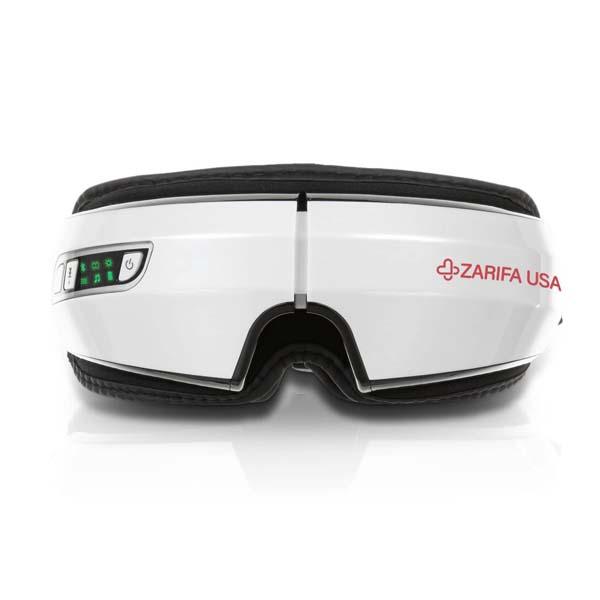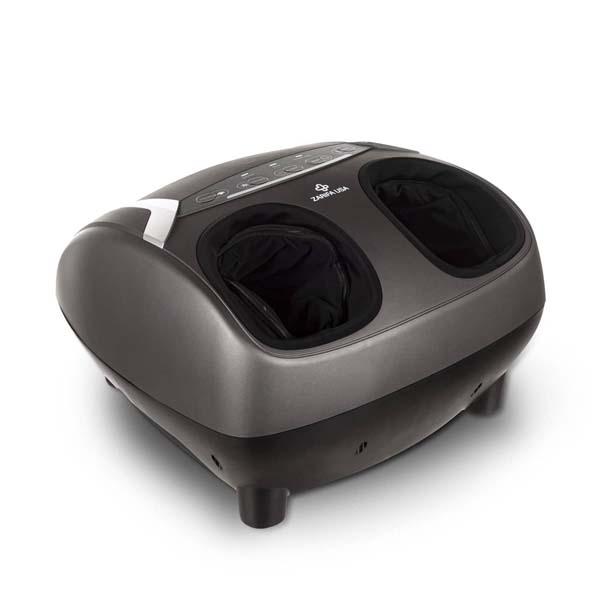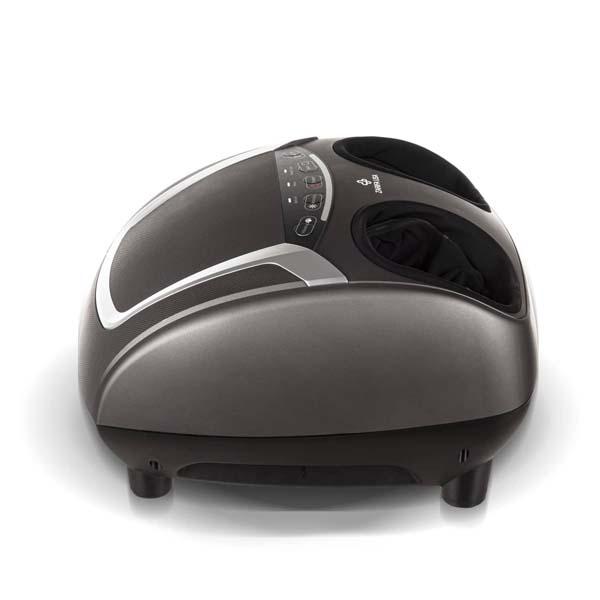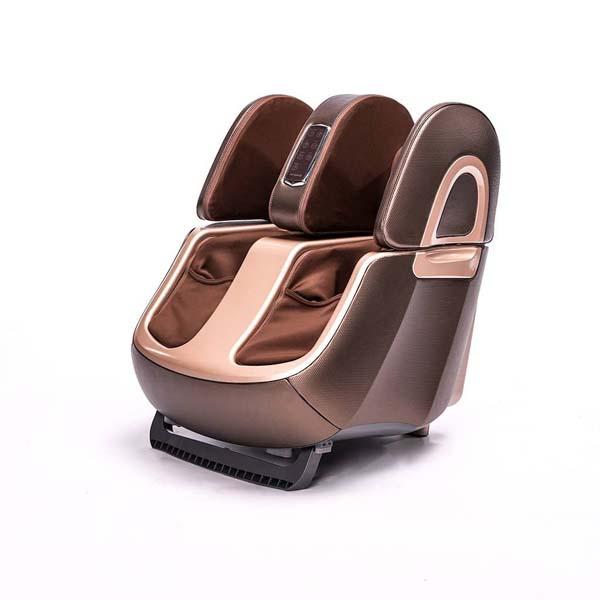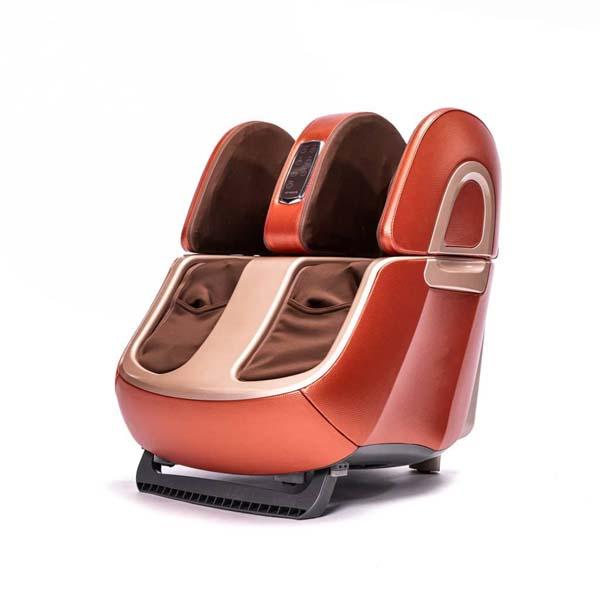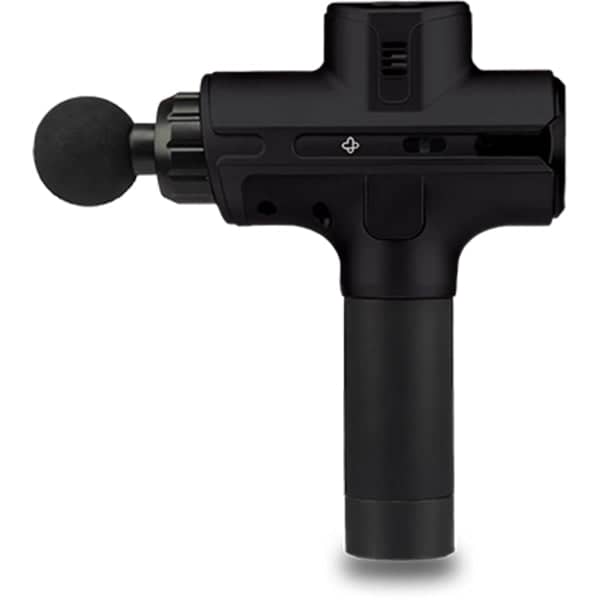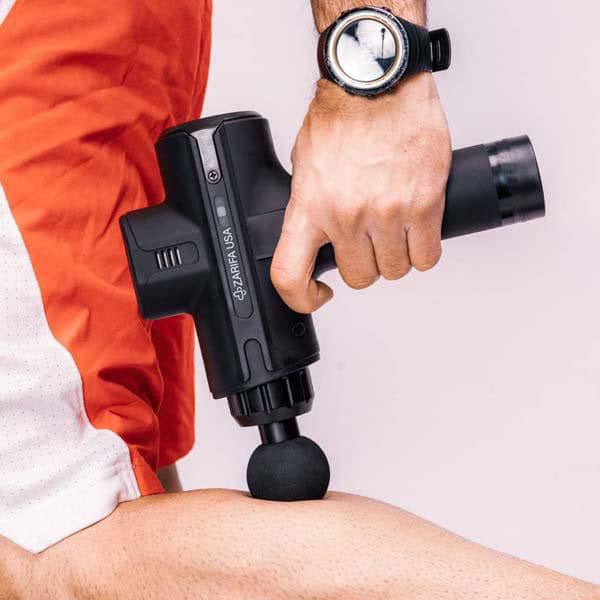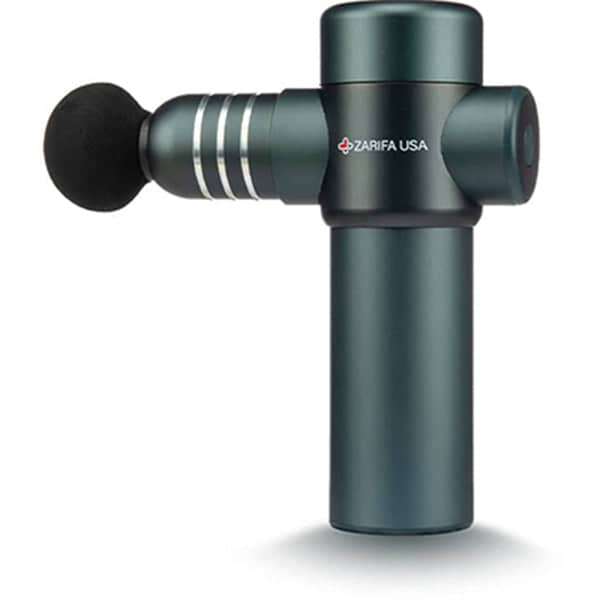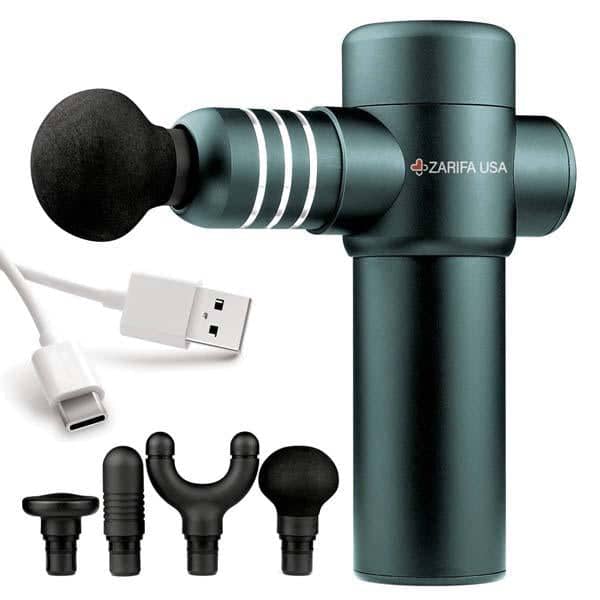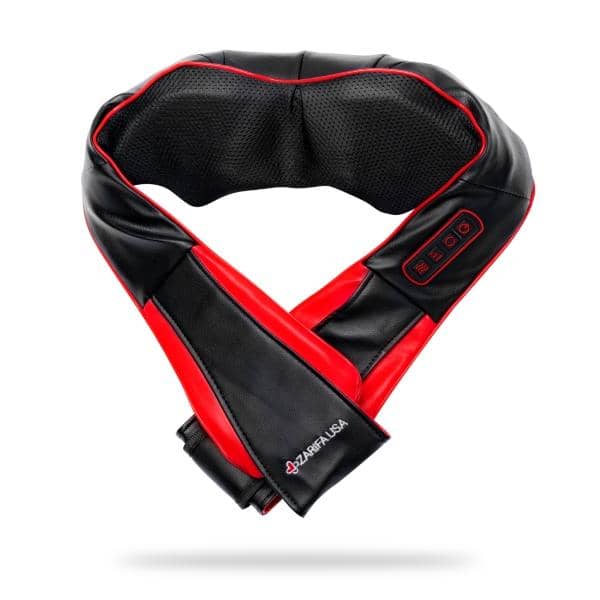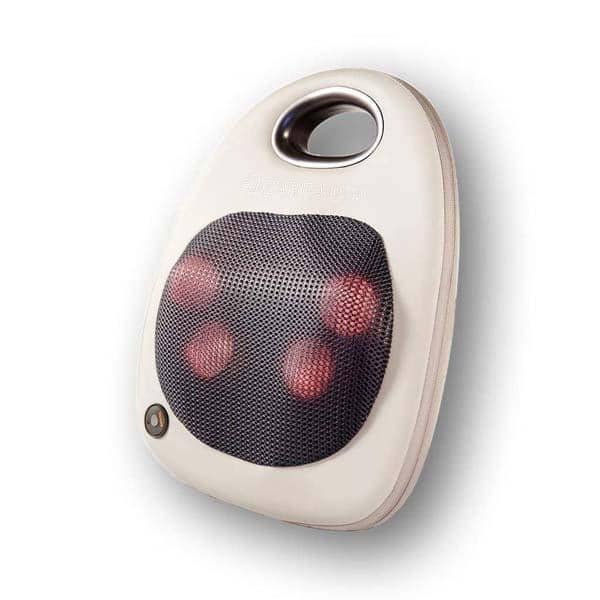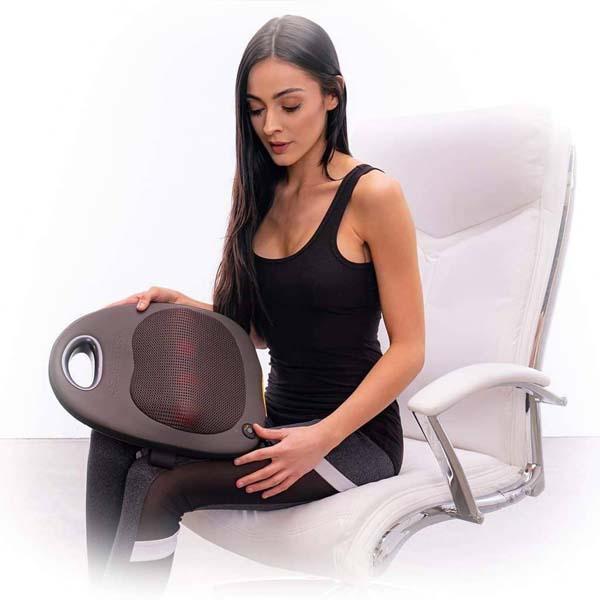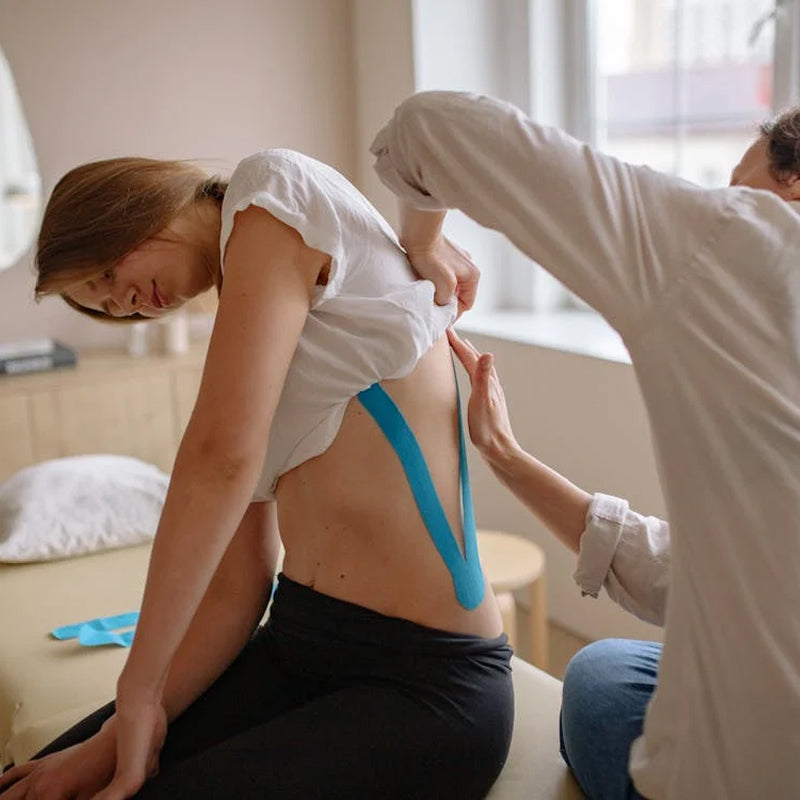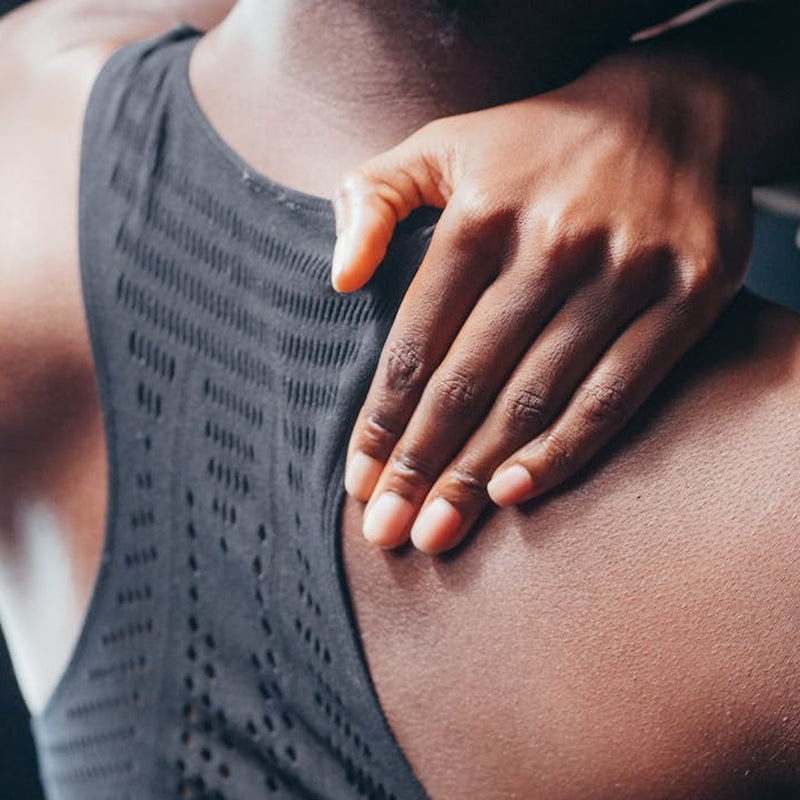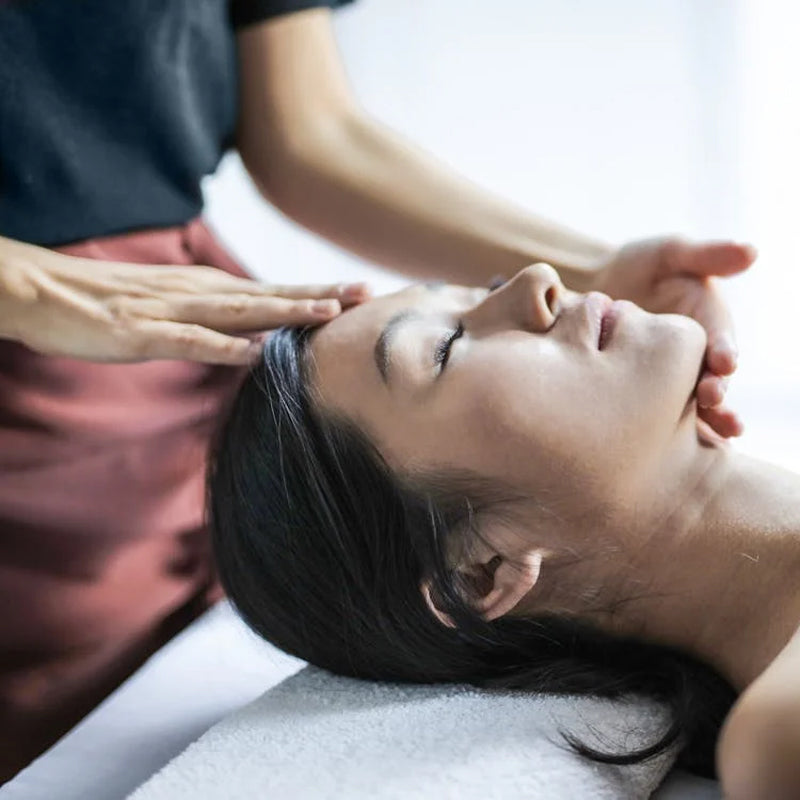Shiatsu massages have been around for centuries. I’m sure you’ve heard the term before but never understood the fascinating history behind the massage type. This technique is uniquely Japanese and taught in many massage therapy schools worldwide.
Few people know the history of its development and the exact combinations of other methods and techniques. This article will explore this famous technique and how shiatsu massage has become what we know today. Continue reading for a closer look into the world of Shiatsu massages.
Back To the Beginning
Tokujiro Namikoshi invented the term “Shiatsu” back in the 1920s, but the incredible history of this massage type goes deeper. We have to take a look into Japanese and Chinese medicine, along with the massage roots in Japan.
Shiatsu means “finger pressure,” which makes its Japanese origin fairly obvious. This massage therapy may be unique to Japan, but Shiatsu has roots in ancient Chinese philosophical ideas.
Before it was known as Shiatsu, it was known as Anma, and Anma came from a traditional Chinese massage called Tui Na. So, it’s safe to claim that Shiatsu began by introducing Tui Na in Japan.
Tui Na and Chinese Medicine
Tui Na means “to push, lift, and squeeze.” It’s a form of ancient Chinese massage where the massager applies rhythmic pressure to the body using their fingers and hands. They roll, knead, rub, and press different areas of the body.
There’s proof that Tui Na first popped up in Japan in 700 AD. From that point on, this form of massage would begin to dominate the massage world in Japan.
Transitioning from Tui Na To Anma
Japanese practitioners modified Tui Na and created Amnaa in the 1300s. Akashi Kan Ichi was a physician and therapist who established Anma. Sugiyama Waichi popularized the modernized massage therapy type in the 1600s. This famous acupuncturist and physician was blind, which affected the massage profession culture.
Blind massage therapists became the preferred practitioners for the next several hundred years. The Japanese government limited the profession to the blind since it was one of the only ways they could earn a living. The government also regulated Anma by requiring a state license to practice the therapy. This regulation caused massages to lose much of their therapeutic and scientific approach. Their popularity disappeared as well. It wasn’t a great time for massage therapy.
Prohibition of Traditional Practices
During Emperor Mutsuhito’s reign, Japan was completely open to the world, though the emperor prohibited traditional practices. This ban included Anma. So, the Japanese people began to use Anma unofficially.
In 1911, a law recognized the professional figure who performed acupuncture because practitioners in the field of Japanese medicine became interested in Western practices. The law dropped the authorization needed to practice these treatments, which opened the gates for the development of Shiatsu.
Anma To Shiatsu
Anma eventually became the Shiatsu massage therapy technique. The word “Shiatsu” first appeared in a massage manual by Tenpeki Tamai in 1900. The finger pressure massage technique was still different from the Shiatsu we’re familiar with today.
At seven years old, Tokujiro Namikoshi developed his own massage techniques that healed his mother’s rheumatism. Namikoshi continued to practice this massage type until police arrested him for practicing without a license.
In 1925, after receiving formal training, Tokujiro earned his license at the suggestion of his brother—soon after, he opened a massage clinic. The difference between the Anma and Shiatsu techniques is that Shiatsu utilizes finger pressure only. The style combined ancient Chinese medicine integrated with a scientific view. Anma massages use knees, fists, and elbows to apply pressure. From there, it began to spread everywhere in the world.
Shiatsu is a whole-body treatment and requires extensive knowledge of the Musculoskeletal structure of the body and nervous system. This understanding emphasizes the neuromuscular points.
Then Came Zen Shiatsu
A student of Namikoshi, named Shizuto Masunaga, created something fantastic with Shiatsu. He was a Chinese medicine scholar and a psychologist. He began to teach at Japan Shiatsu College after studying with Namikoshi. He taught there for ten years before creating his own school, the Iokai Shiatsu Center.
He developed a style that reflects Japanese Buddhist monks’ spiritual approach and simplicity. The practice follows the energy lines to help the back and abdomen. He named this style “Keiraku Shiatsu,” which translates to “Zen Shiatsu in the West.” It’s close to meditative and holistic methods.
Masunaga developed the Hara diagnosis, which is an abdominal diagnosis. This technique extended the traditional acupuncture meridians to include some extra meridians. His work carried on after his death. Masunaga’s work extends past Japan and into the Western world and Europe.
Katsusuke Serizawa
Katsusuke Serizawa was a notable figure in the development of Shiatsu in this century. His work focused on “Tsubos,” or “effective points” on the meridian. With modern electrical measurements, Serizawa was able to prove the existence of Tsubos. A Tsubo, also referred to as meridian or acupuncture point, is a spot on the skin that is incredibly sensitive to bioelectrical impulses in the body.
The style of Shiatsu Kasusuke Seizawa developed is known as Acupressure Shiatsu. This name is the western derivative of Tsubo Therapy, as it’s known in Japan.
Shiatsu is an incredibly well-known massage therapy style that’s relaxing and rejuvenating. More modern types have popped up over the years, but each one combines components of traditional techniques. Some of these methods include the following:
- Shiatsu-Do involves stretching and movement. It’s more vigorous and dynamic.
- Nippon Shiatsu is a style commonly used in Japan. It’s a whole-body routine that emphasizes more points and can be robust.
- Movement Shiatsu incorporates light pressure to the points, guided movement, and gentle manipulations to resolve inner conflicts by bringing awareness to the body’s energy patterns.
- Zen Shiatsu places more emphasis on meridians. It can either be gentle or vigorous.
- Healing Shiatsu is a gentle method that involves meditation.
Shiatsu massages have been important for many individuals for centuries. Understanding the history of Shiatsu massages can help you decide if this technique is a good fit.
Zarifa offers back and neck Shiatsu massagers for home use. Our affordable options will provide relief for those days that you can’t get to a massage therapist.



